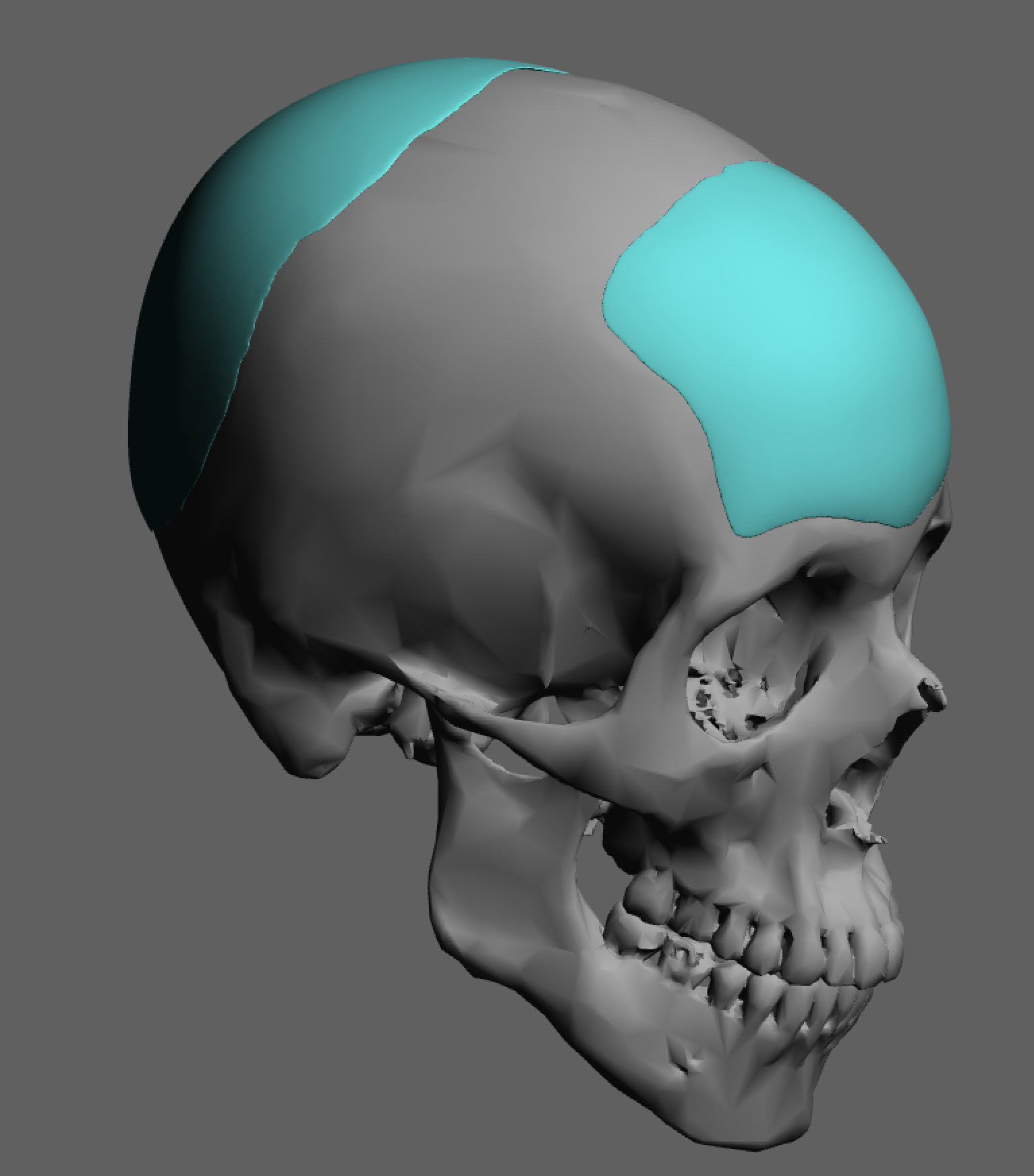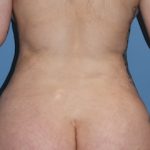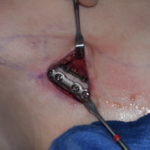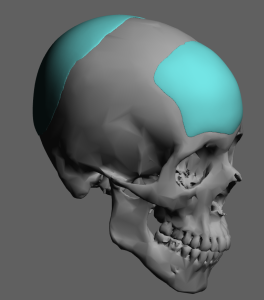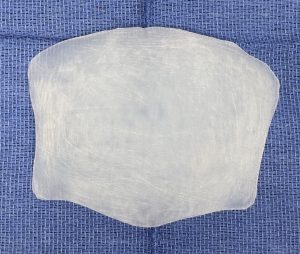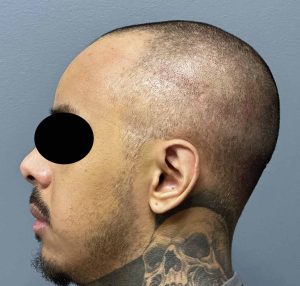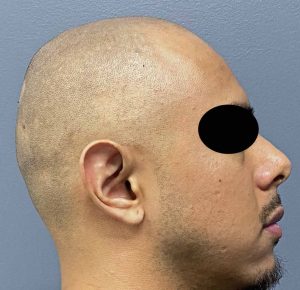Background: The appearance of the head can be affected by multiple types of skull bone changes. Such changes affect the various curved contours of the skull through either a lack of projection (flatness) or too much projection. (protrusion or prominence) A common flattened area of the skull is on the back of the head due to its exposure to deformational forces during development. Conversely flatness on the front of the head (forehead) is not true flatness. Rather it is more an increased backward slope of the forehead seen in profile which appears as being more flat.
While these flattened areas usually appear as isolated skull shape concerns, they can occur together in the same skull. In either case the definitive improvement of these concurrent skull shape projection issues are custom forehead and back of head implants. From the patients 3D CT the implants can be designed to add the needed projection increases with each design keeping in mind the other one. Considerations include is the scalp able to handle two separate skull augmentations (implant size/volume) and how is the patient to be positioned during surgery for implant placement.
The tolerance for the implant size is going to vary amongst patients based on their skin pigment and scalp thickness. But a good general to volume is keep the implant volume under 150css total for both implants. The implant placement issue can potentially be the most challenging as the temptation is to try and place both implants a single operative patient position. Tempting as it may be this this approach is best avoided as intraoperative patient repositioning is a more tolerable inconvenience than t end top with an implant malposition.
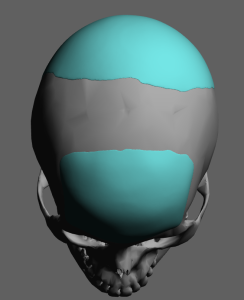
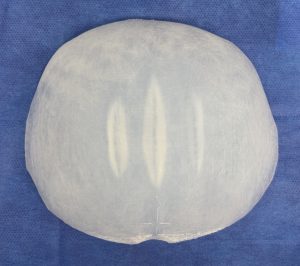
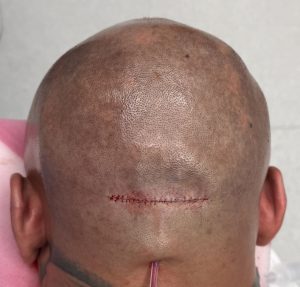
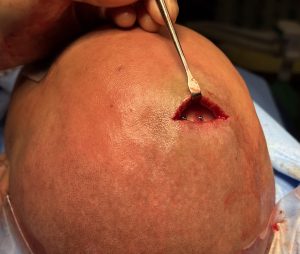
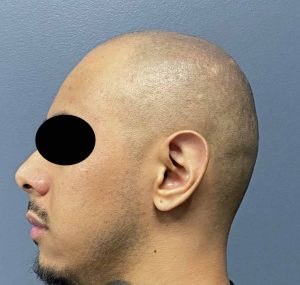
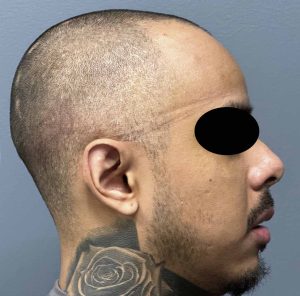
Changing the shape of the head can sometimes require multiple skull augmentation areas. In the short anteroposterior head length associated with a backward sloped forehead and a flatter back of the head, dual skull augmentations are needed. Neither augmented skull area needs too be excessively large as both augmentations are synergistic in improving the head shape. The skull implants can be placed during a single surgery through small scalp incisions that will heal with minimal visible scarring. The key to good implant placement is to change then operative patient positioning as to what is optimal if each implant was only be done by itself.
Key Points:
1) Flatness of the skull can occasionally occur in multiple areas such as the front and back of the head.
2) Lack of projection on the front and back of the head decreases skull length in profile.
3) Concurrent custom forehead and back of the head skull implants can be placed to change the shape of the head in profile and increase its length.
Dr. Barry Eppley
World-Renowned Plastic Surgeon

